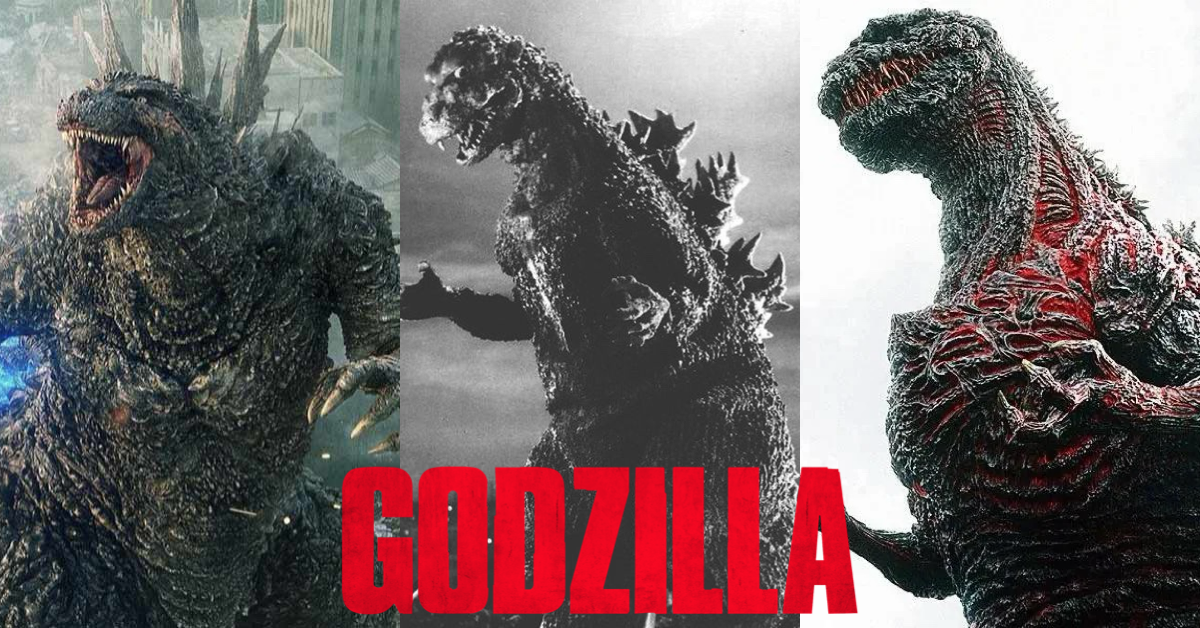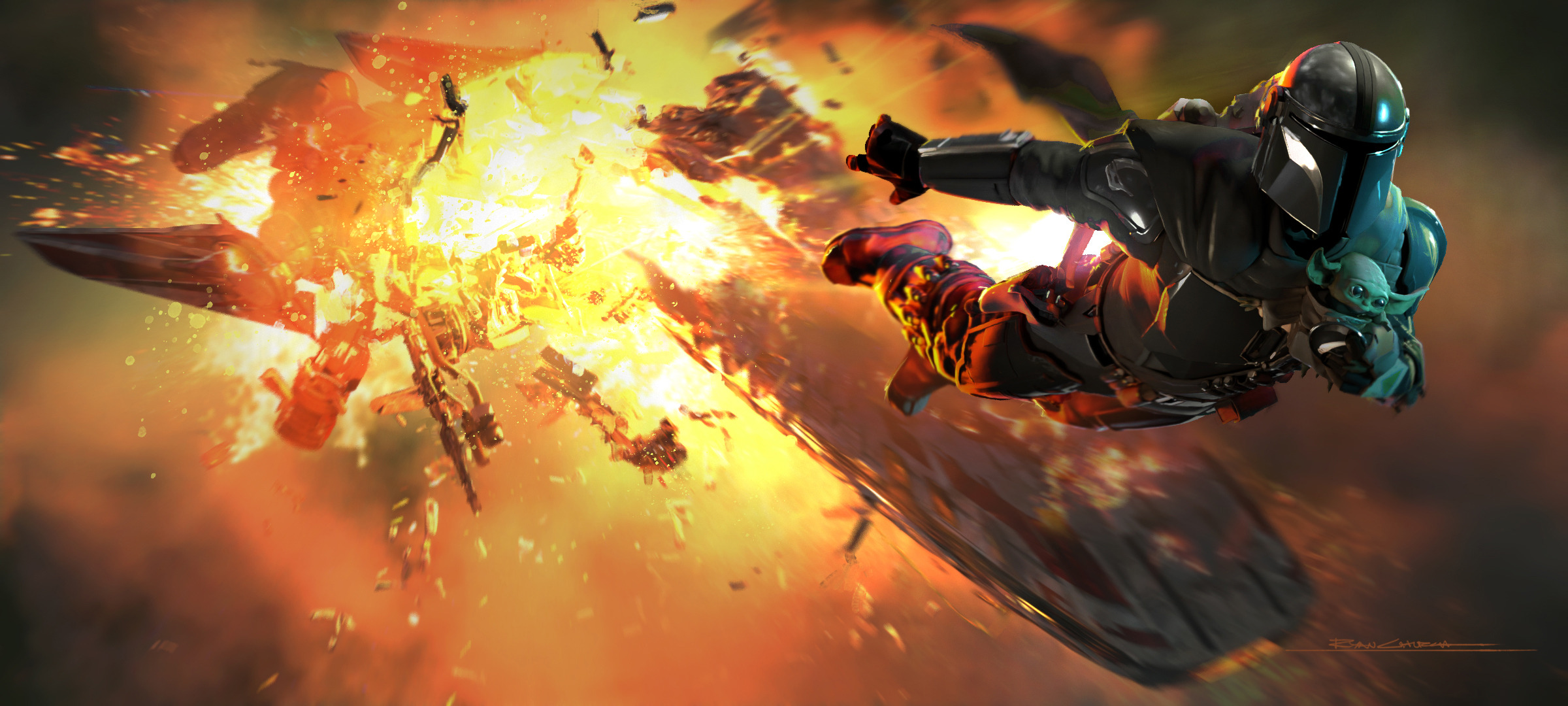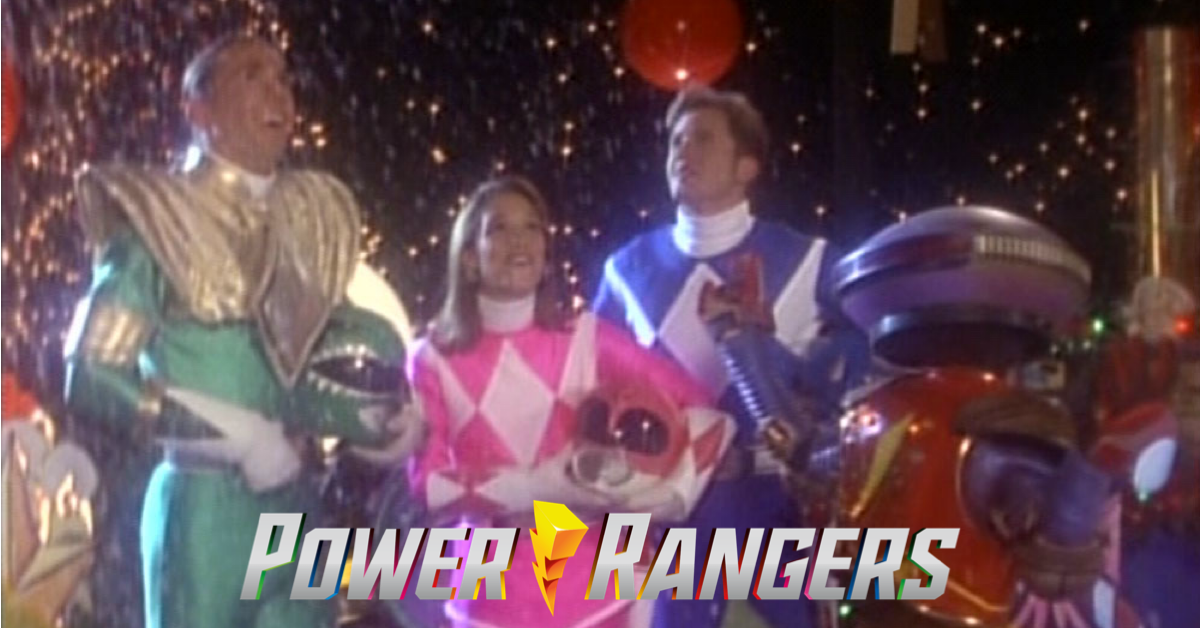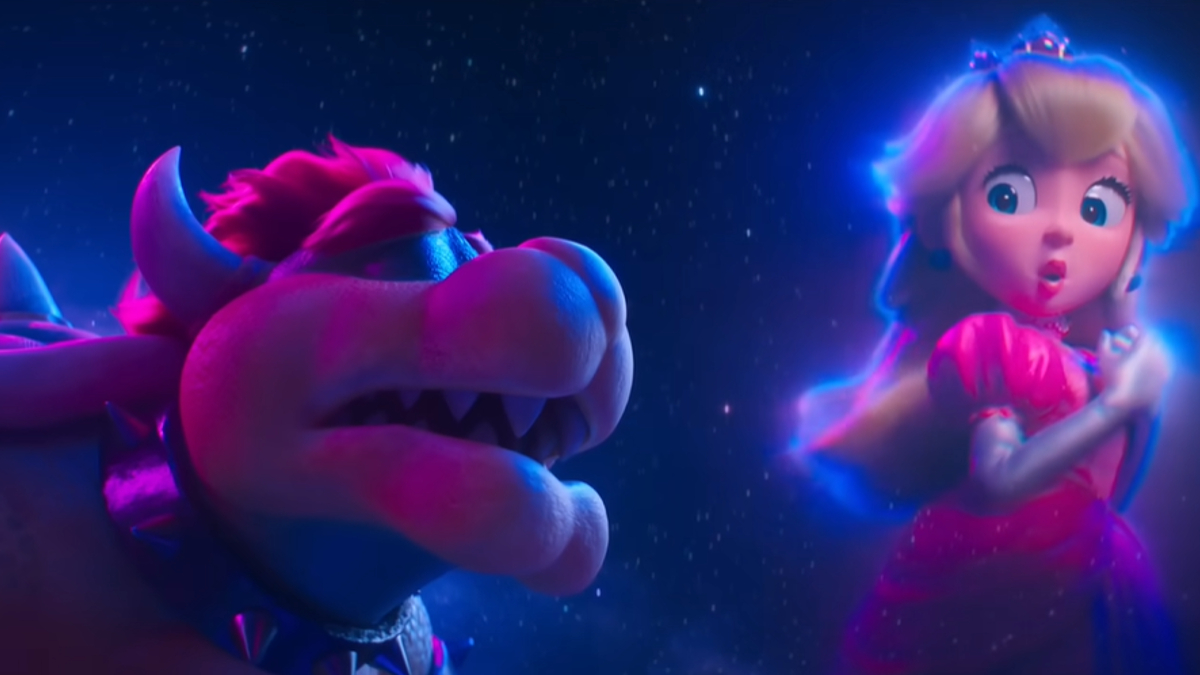There are now Godzilla movies that have a solid argument as being the very best installments of the franchise. The original Godzilla (1954), Shin Godzilla, and now the acclaimed breakout hit Godzilla Minus One, which has been recently added to the equation. These three films have legit cases as being the best theatrical depictions of cinema’s most infamous monster.
RELATED: GODZILLA MINUS ONE Dethrones OPPENHEIMER as Highest Rated Film of 2023 on IMDB
I have recently watched all three and will be going to be giving my thoughts on this heated debate. Many aspects will be going into my verdict. I will be taking into account when the movie came out and what technology was available at the time. I will also be heavily considering the story and messaging within each film. While it is fun to watch Godzilla wreak havoc on various cities, the human characters are equally as important since they are what make up the story, so I will be taking them into account as well.
Warning, as this article does contain spoilers for Godzilla (1954), Shin Godzilla, and the recently released Godzilla Minus One. If you have not seen these films and do not wish to be spoiled, please come back at a later date.
Godzilla (1954): The Grandfather of Tokusatsu
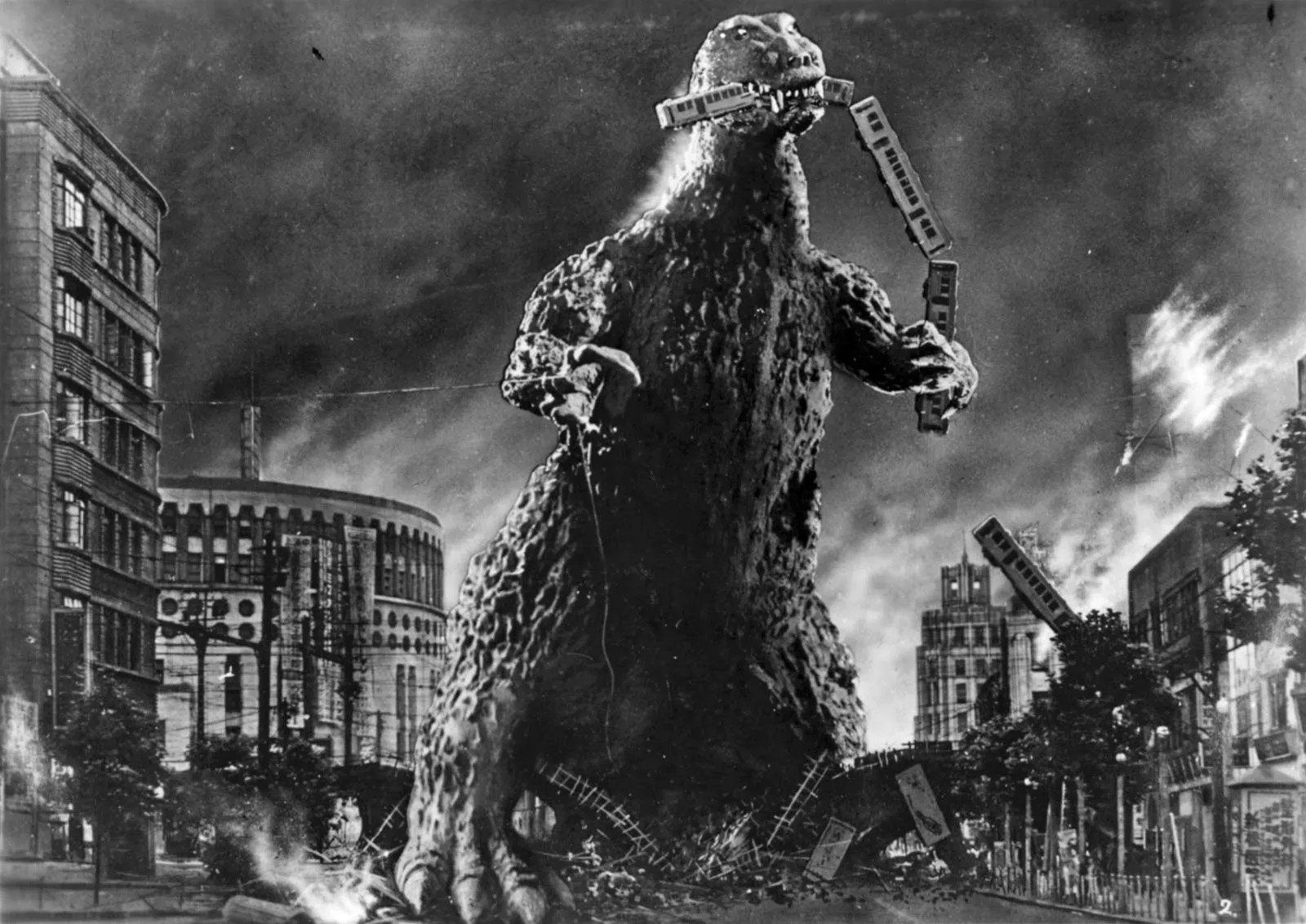
If you are a fan of Power Rangers, Kamen Rider, Ultraman, etc, you have this film to thank. Inspired by King Kong (1933), tokusatsu is a Japanese genre of live-action movies and television that has heavy use of practical special effects. While there were earlier examples of tokusatsu than this, Godzilla (1954) is often credited for popularizing the genre in Japan and the United States.
In this film, Godzilla is created due to hydrogen bomb testing and follows Hideto Ogata (Akira Takarada) and Dr. Daisuke Serizawa (Akihiko Hirata) as they try to figure out how to take down this destructive beast. Dr. Serizawa has the tools to defeat the creature. However, he refuses to use it due to its potential impact on human warfare.
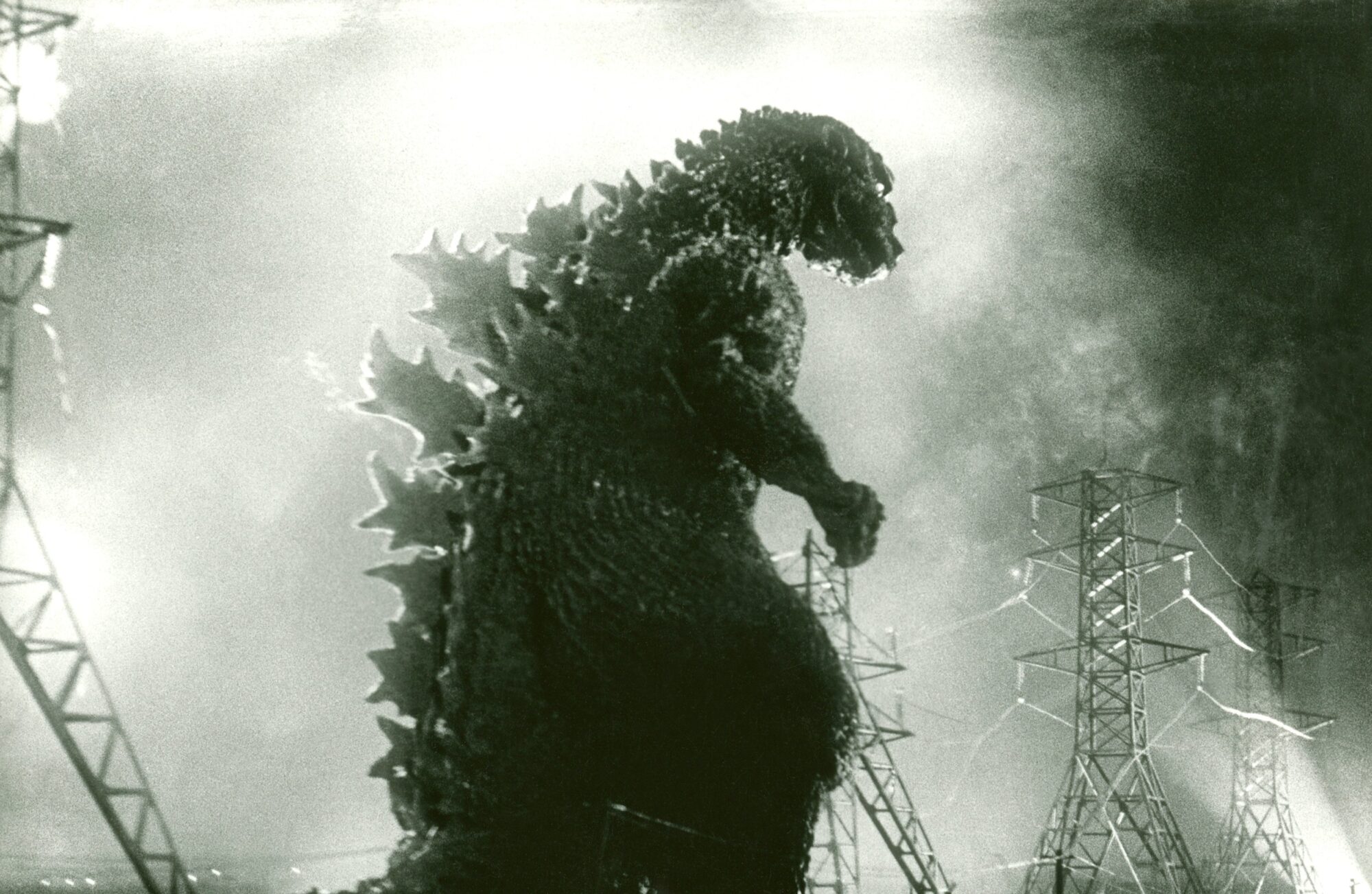
When I watched this film for the first time, all I was expecting was to watch a big monster wreak havoc on Tokyo. I had no idea this film was going to be so deep and meaningful with its themes of weapons and war following World War II.
Seeing the characters debate each other on how to deal with the issue was also very intriguing. Between Ogata and Dr. Serizawa’s differing opinions on using the weapons to Ogata and Dr. Yamane’s (Takashi Shimura) disagreements on killing Godzilla at all, it was incredibly interesting to see these differing thoughts and made the characters feel like their own people. Often in these types of movies, it’s just “defeat the monster,” but in this film, it genuinely challenges the characters and the viewer on what the right course of action is.
RELATED: MONARCH: LEGACY OF MONSTERS Episode 4 Review
Overall, Godzilla (1954) is a spectacular piece of cinema that every avid film watcher needs to watch at some point in their life. It isn’t just good because of how revolutionary it was in terms of special effects, it is just a fantastic movie.
Shin Godzilla: A Hyperrealistic Take on the Genre
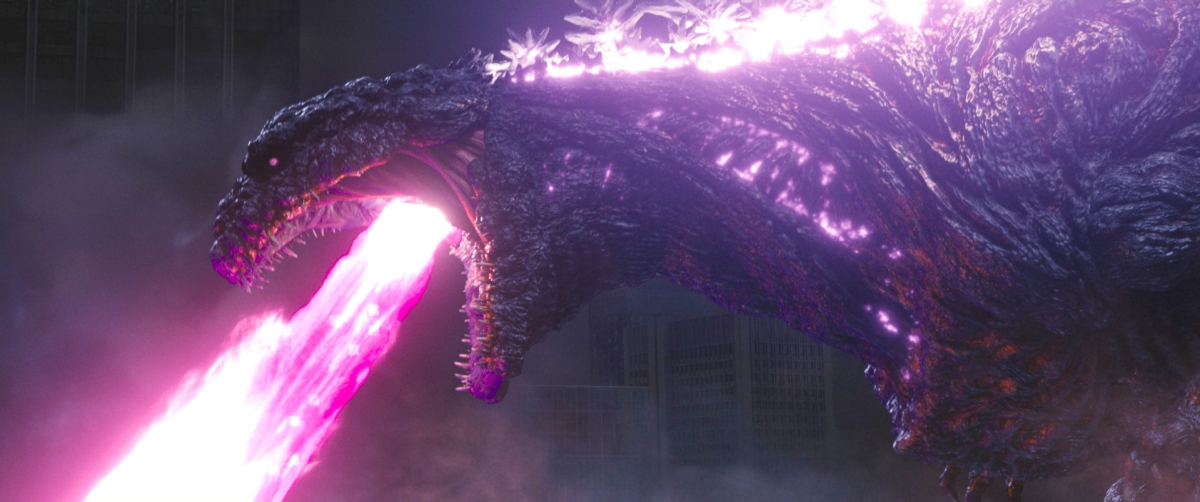
Of course, there is nothing hyperrealistic about a giant dragon monster coming alive and leveling cities with big laser powers. However, it is the actions of the human characters that make Shin Godzilla the “What if Godzilla happened in real life” movie. Unlike the previous and next film up for discussion, Shin Godzilla deals a lot with politics, bureaucracy, and what governments would do if a giant monster suddenly appeared to destroy the world.
Throughout the majority of the film, you see various politicians try to work out solutions to the problem that ultimately are in the best interest of themselves. We also see the United Nations threaten to nuke Japan if they are ultimately unable to get rid of Godzilla.
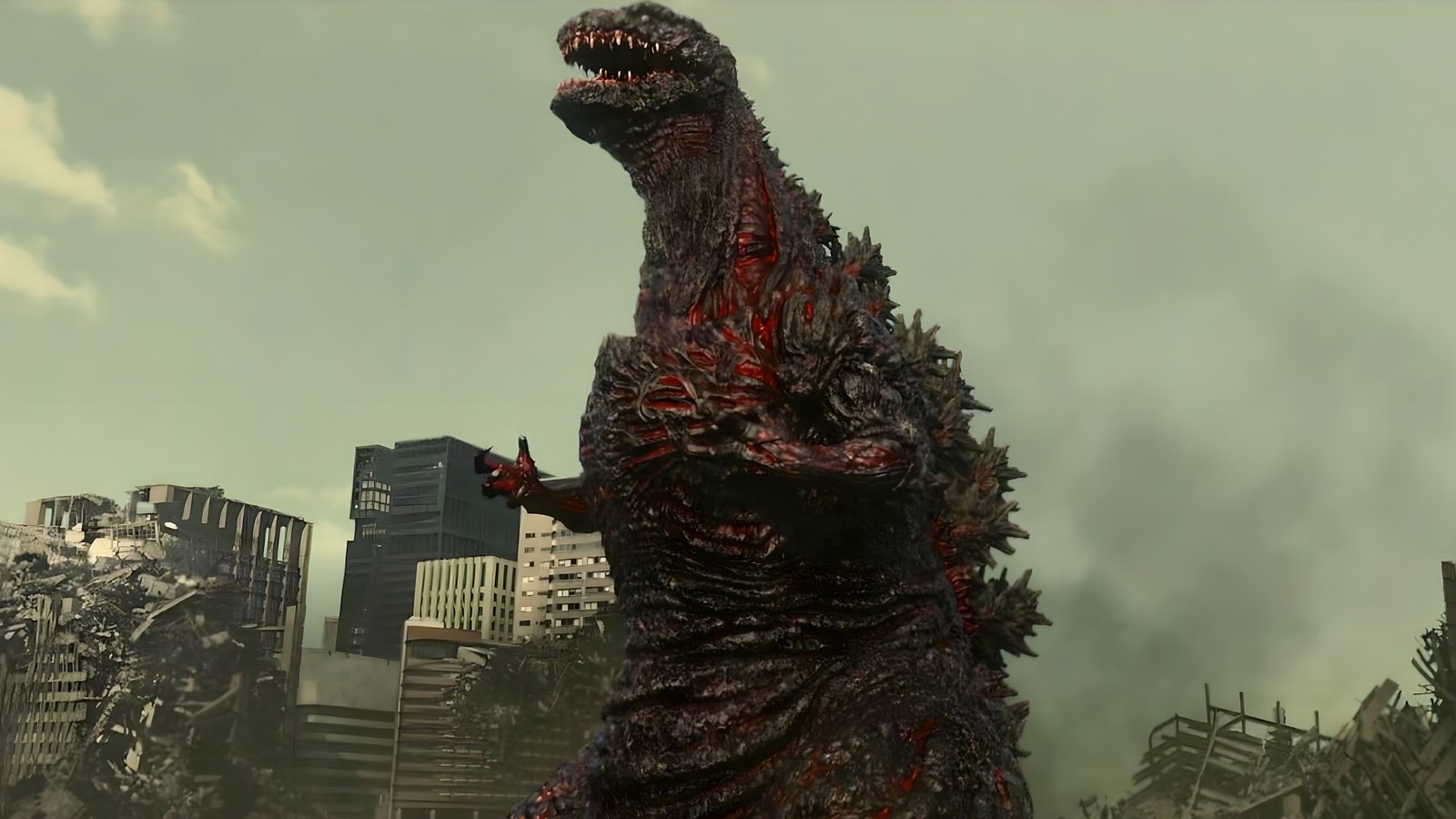
It was incredibly interesting to watch the Japanese politicians interact with the United States in this film. The people of Japan are mostly left to fend for themselves in these films, so it was interesting to see the two governments interact with each other, whether it be for the better or the worse.
One thing that I did not like in Shin Godzilla compared to the original film was the individual characters. The relationships and interactions are really good but there weren’t many memorable individual characters besides Kayoco Anne Patterson (Satomi Ishihara), Special Envoy for the President of the United States. I enjoyed seeing her try to help the Japanese government while also dealing with her political obligations to the United States government. It provided a very interesting dynamic throughout the film.
RELATED: Godzilla x Kong: The New Empire First Trailer Breakdown Reveals Huge Monster Mayhem
Considering the film came out in 2016, it’s not very surprising that this film looks excellent. However, the fact that this movie only costs around $7 million USD makes you scratch your head and wonder why movies that cost over $100 million don’t look nearly as good. I feel like this film asks much more of the viewer. However, if you can get behind the film’s complicated storyline it is a great watch from start to finish.
Godzilla Minus One: An Instant Classic
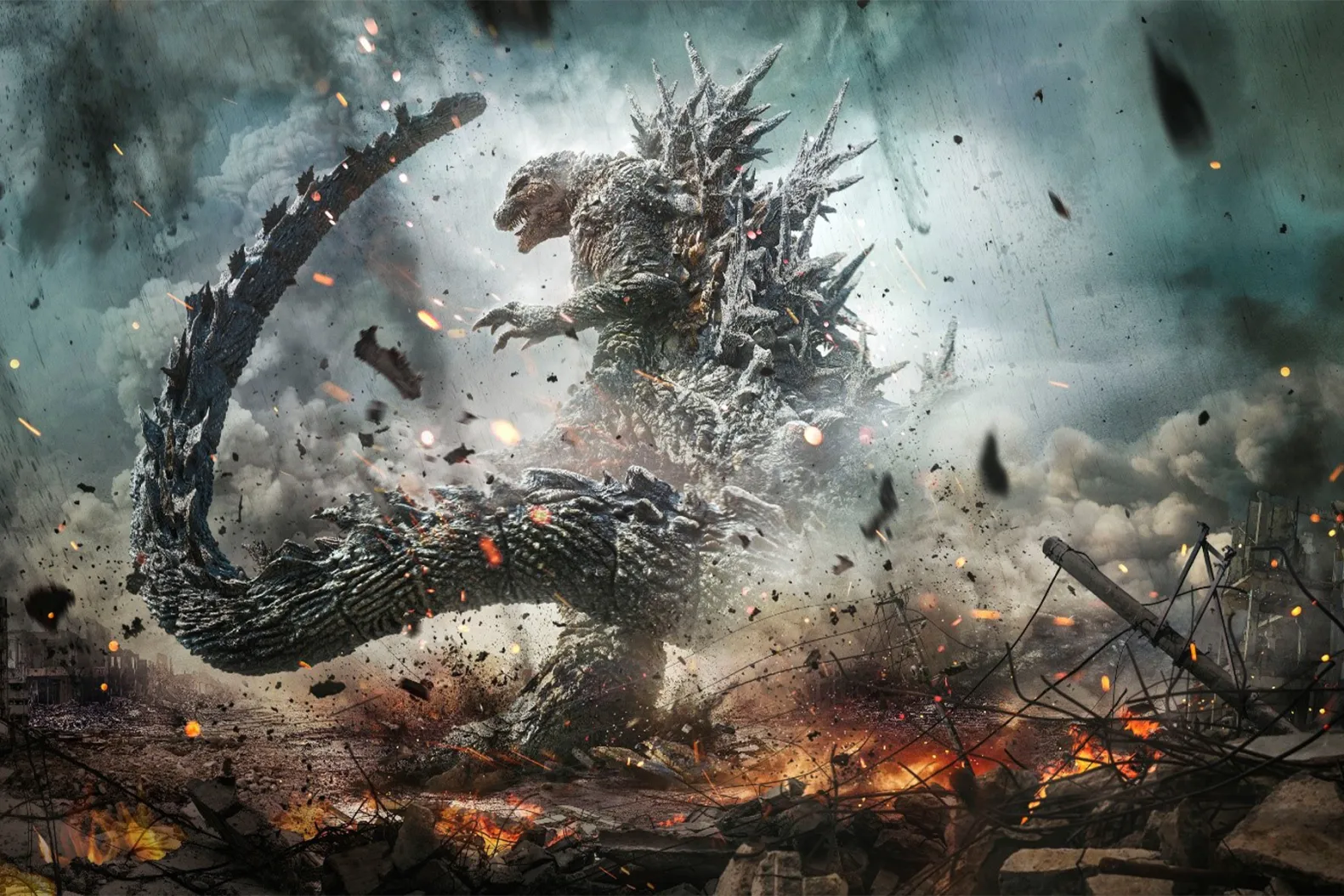
Considering that it just came out this year, for some it may be too early to label Godzilla Minus One as the best Godzilla movie of all time. However, I would argue the film is just that good to award it that title.
The film follows former kamikaze pilot, Kōichi Shikishima (Ryunosuke Kamiki), and his partner, Noriko Ōishi (Minami Hamabe), as they try to raise a rescued orphan baby, Akiko (Sae Nagatani), in the aftermath of World War II, which saw Japan, the city of Tokyo, and its people devastated. Both are recovering from the events of the war as Kōichi deals with ridicule for abandoning his duty as well as an encounter with Godzilla, and Noriko deals with the loss of her parents.
We are also met with supporting characters Shirō Mizushima (Yuki Yamada), Kenji Noda (Hidetaka Yoshioka), and Yōji Akitsu (Kuranosuke Sasaki) join Kōichi as crew members aboard the minesweeper ship, Shinsei Maru. Kenji also is crucial in coming up with the plan to take down Godzilla in the end and is just a fun character in such a bleak fun.
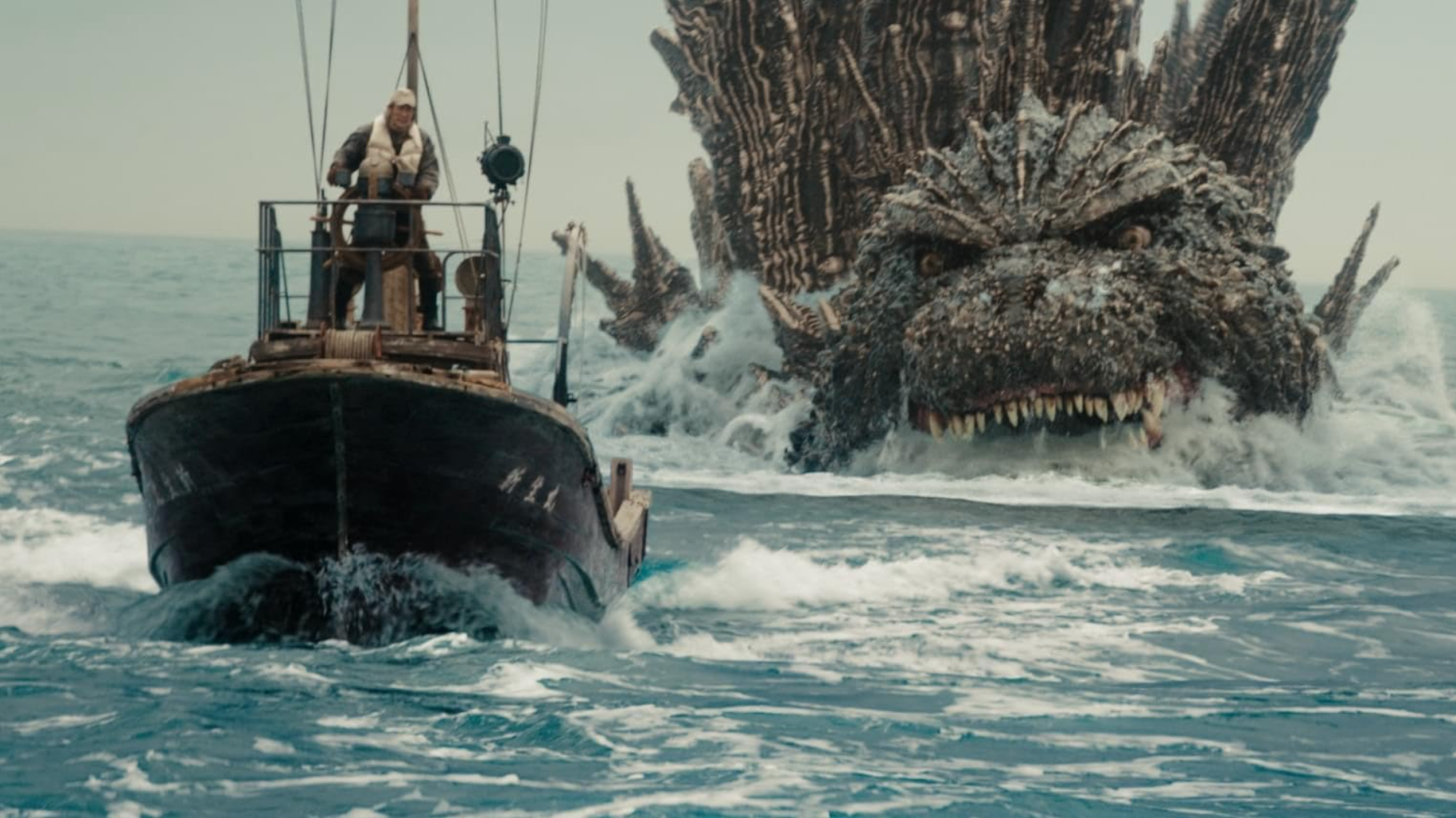
Minus One features major themes in post-traumatic stress and war politics. Throughout the film, we see Kōichi struggle with thinking and being told he failed his country by not doing his duty as a kamikaze pilot. By the end of the film, we see Kōichi find some measure of peace and learn that he does have the right to live.
The relationship between Kōichi and Noriko is one of the best love stories that I have seen not just in a Godzilla film, but in the history of cinema. They did such an amazing job of allowing the audience to fall in love with these characters and want them to have their happy ever after. It gets to the point where even though the couple reuniting with each other in the end doesn’t make too much sense, I didn’t care because I was so invested in their story. I was simply just happy to see them together again.
Similar to Shin Godzilla, Minus One has a fairly small budget being under $15 million USD. This film shows that you do not need to spend $100-200 to make an incredibly epic, polished-looking film. Minus One is gorgeous, and I think Hollywood studios need to be taking notes.
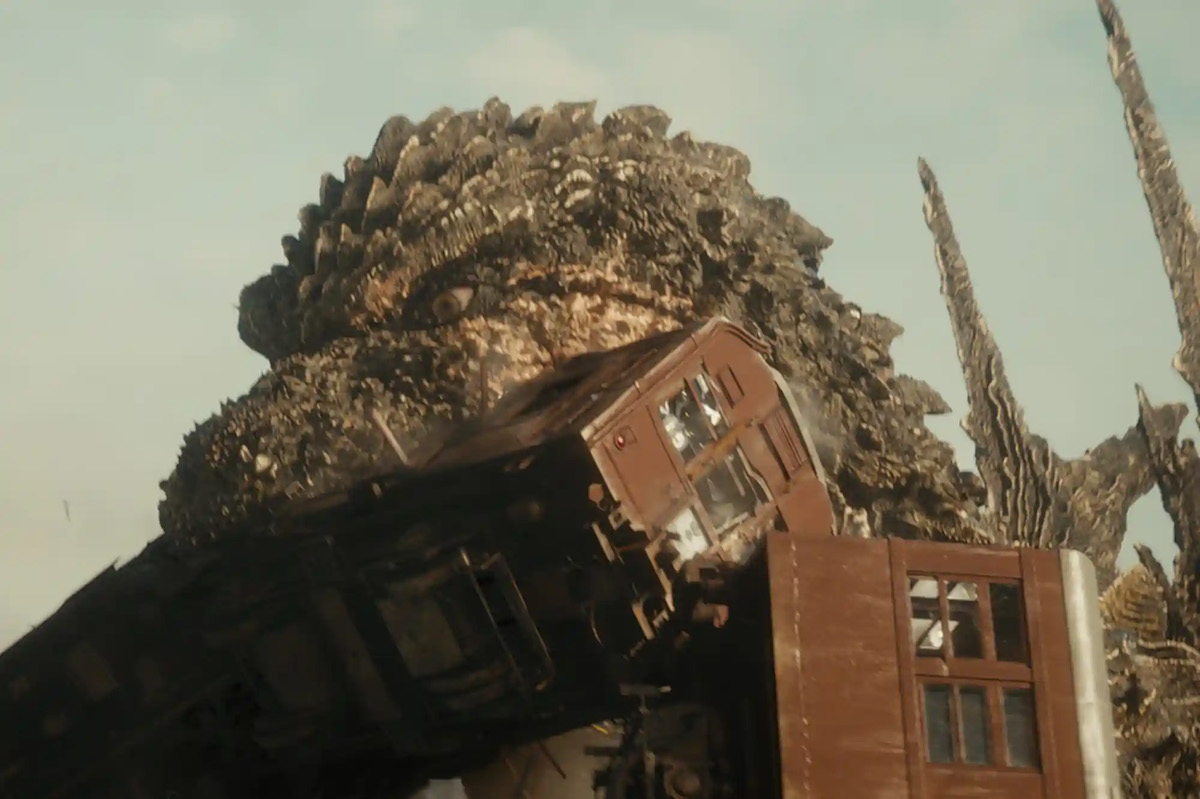
You may have noticed that I have barely mentioned Godzilla throughout this section and that’s because the human characters are just that important to the film. I didn’t watch this film just thinking I watched a normal Godzilla film. I felt like I watched one of the most pristine pieces of cinema I have ever had the privilege of seeing in the theater.
Even though he is not there much, this has got to be my favorite usage of Godzilla. When he is there, he is terrifying and poses a very real threat to these characters that we have gotten to fall in love with. It worked so incredibly well in this film.
The Verdict: The Greatest Godzilla of all the Godzillas
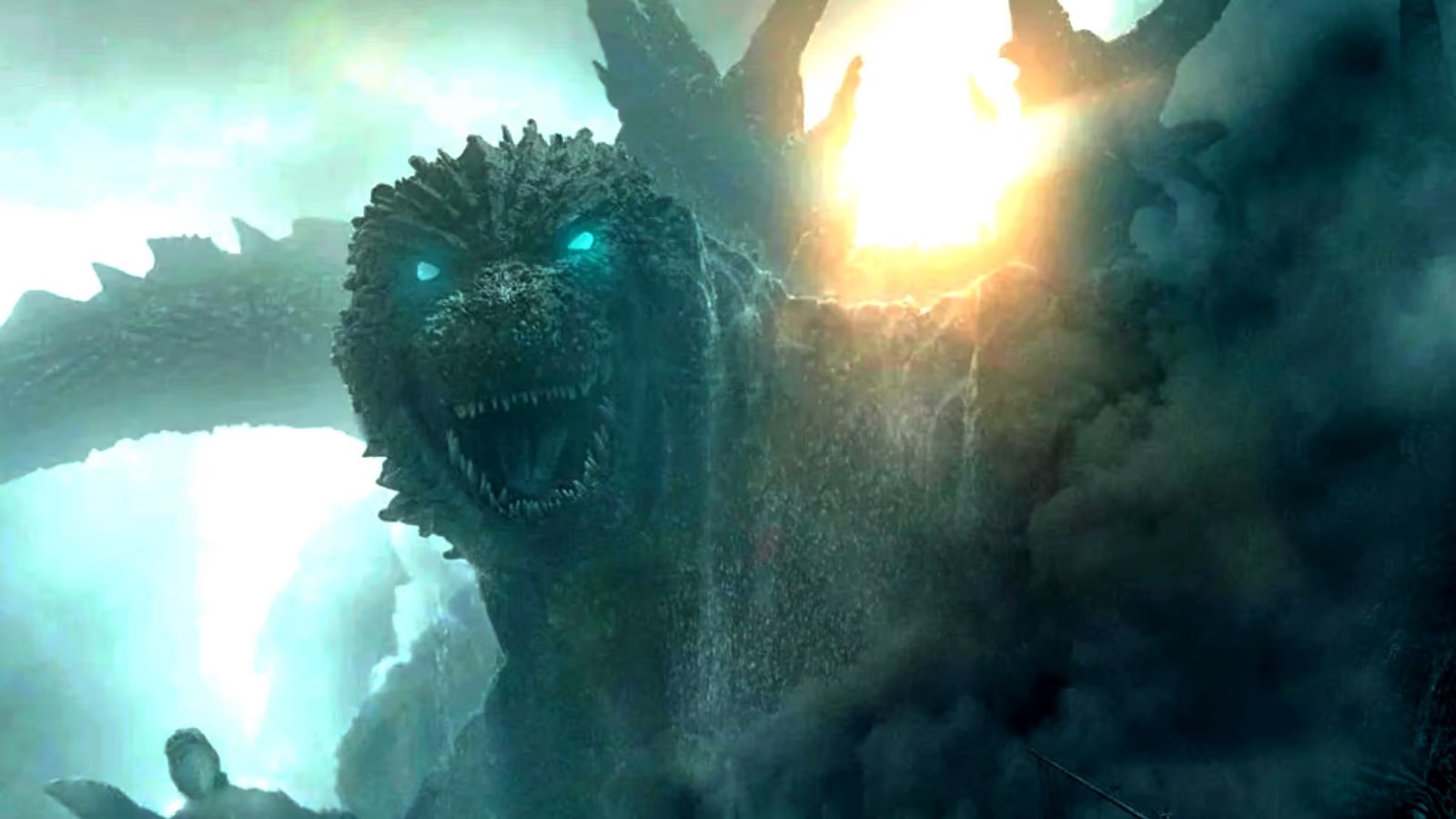
While Godzilla (1954) and Shin Godzilla are both amazing films, it’s pretty hard for me to deny that Godzilla Minus One is an exceptional piece of cinema. When I look at Minus One, I’m looking at a film that I can recommend to not just fans of tokusatsu or foreign films, but anyone who loves movies.
Minus One just has so much deep meaning and it executes that perfectly. The other films also have very deeply resonant themes, but Minus One made me fall in love with its characters in a way that the other two films discussed were unable to do.
RELATED: GODZILLA MINUS ONE Dethrones OPPENHEIMER as Highest Rated Film of 2023 on IMDB
If you have even just barely thought about watching Godzilla Minus One please go watch it as soon as it can. It is not just the best movie in this franchise, but one of the best films of 2023. The film has done so well in theaters so far, TOHO International has expanded its theatrical run.
What are your thoughts? Do you think Godzilla Minus One is the best movie in the franchise? What’s your favorite franchise installment? Let us know on our social media and be sure to follow The Illuminerdi for more features and reviews like this in the future!
KEEP READING: MONARCH: LEGACY OF MONSTERS Episodes 2 & 3 Review


